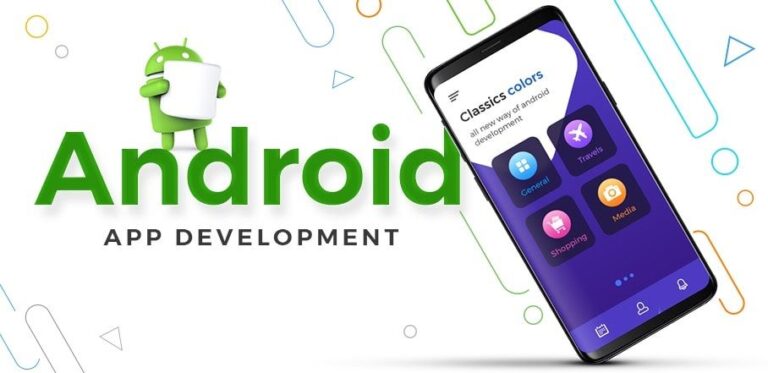The computerized world is developing at a frantic speed, with arising innovations reclassifying the manner in which we collaborate with data. An essential piece of this advancement is language improvement, especially in settings connected with man-made reasoning (artificial intelligence) and AI. Enter Gidler, a groundbreaking system designed to bridge human and machine communication through an innovative approach to output language encoding. In this post, we’ll take a deep dive into the Gidler Output Language Code, also known as EN-US, uncovering its significance and exploring how it’s shaping the landscape of digital communication.
Understanding the Gidler Output Language Code
At its core, the Gidler Output Language Code—commonly abbreviated as EN-US—represents a revolutionary leap in the encoding of linguistic data for digital consumption. This system is engineered with the dual purpose of facilitating seamless dialogue with AI platforms and ensuring human readability. What sets Gidler apart is its ability to maintain linguistic expressiveness while streamlining data interpretation for machines.
The EN-US code is tailored to the nuances of the English language, offering a nuanced and contextually rich framework for communication. By standardizing the representation of English, EN-US transcends the conventional limitations of language processing, opening up new possibilities for natural and efficient interaction across a range of domains.
The Impact of EN-US Across Industries
Gidler’s EN-US code is not merely an experimental concept but a practical tool with wide-ranging applications. Its implementation has catalyzed advancements in various sectors, from customer service to content generation. This section highlights specific examples of how the EN-US code is revolutionizing industry practices.
Customer Support and Service
In the client care field, EN-US has led to more modern artificial intelligence chatbots and virtual specialists fit for figuring out requests in even the most casual types of English. Through EN-US, these man-made intelligence driven stages can observe the nuances of client protests, offering sympathetic and exact reactions, subsequently upgrading client experience and expanding functional proficiency for organizations.
Content Creation and Data Analysis
For content makers and experts, the EN-US code altogether facilitates the weight of catchphrase streamlining and Website optimization content system. By understanding the design and subtleties of EN-US, experts can tailor their substance to resound with both human perusers and web index calculations, prompting higher rankings and expanded natural traffic.
Education and Language Learning
In the domain of schooling and language learning, EN-US improves the understudy insight by giving a more intuitive and customized way to deal with language securing. Language learning stages consolidating the EN-US code enable students with the capacity to take part in normal discussions, consequently speeding up the educational experience and cultivating a more profound comprehension of English.
The Future of EN-US and Linguistic AI
The reception of the Gidler Result Language Code is ready to change the eventual fate of etymological computer based intelligence by making a shared view for machine and human connection. Looking forward, obviously this innovation will proceed to develop and grow, empowering more modern applications all through the computerized scene.
Enhancing Cross-Cultural Communication
EN-US offers a pathway to more powerful diverse correspondence, giving a steady and widespread mechanism for etymological trade. Its implementation supports a more inclusive digital environment, where individuals from diverse linguistic backgrounds can engage with content and technologies in a manner that reflects their preferred language style and cultural nuances.
Paving the Way for Global AI-Driven Innovations
The compatibility of EN-US with a variety of English-based AI technologies is accelerating the global spread of AI-driven innovations. By leveraging this language code, businesses and developers around the world are unhindered by language barriers, propelling the development of new AI applications that can cater to an international audience with unparalleled linguistic dexterity.
Challenges and Considerations
Despite its many advantages, the integration of EN-US into existing AI infrastructure is not without challenges. Machine learning models must be continually refined to improve their proficiency in understanding and processing the complexities of EN-US. Additionally, ethical considerations surrounding the standardization of language in the digital space warrant careful examination, with a focus on preserving linguistic diversity and minimizing the potential for cultural homogenization.
Best Practices for EN-US Implementation
For organizations and developers seeking to harness the power of EN-US, it’s critical to follow best practices to ensure optimal results and user satisfaction. This section provides practical guidance for effective implementation, such as conducting comprehensive language model training and fine-tuning algorithms to recognize and respond to the full spectrum of English language variation.
Conclusion
The Gidler Output Language Code has introduced a new paradigm in the sphere of linguistic AI, promising a future where human and machine communication is harmonized to an unprecedented degree. With its EN-US system, Gidler has set the stage for a more efficient, effective, and culturally sensitive digital ecosystem. By understanding and leveraging the potential of EN-US, businesses, developers, and consumers can all play a role in shaping the next chapter of digital evolution.












+ There are no comments
Add yours